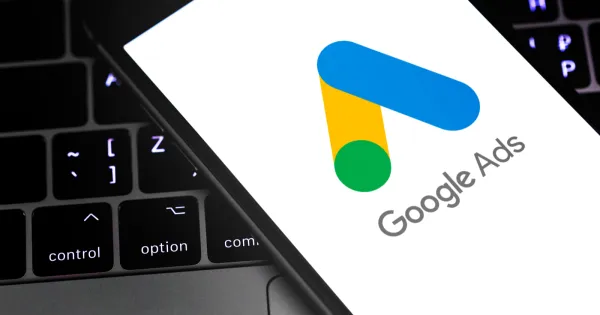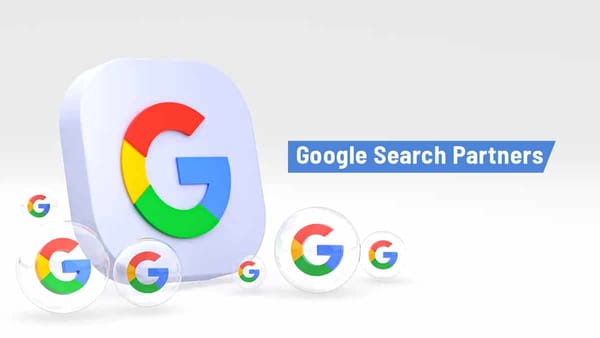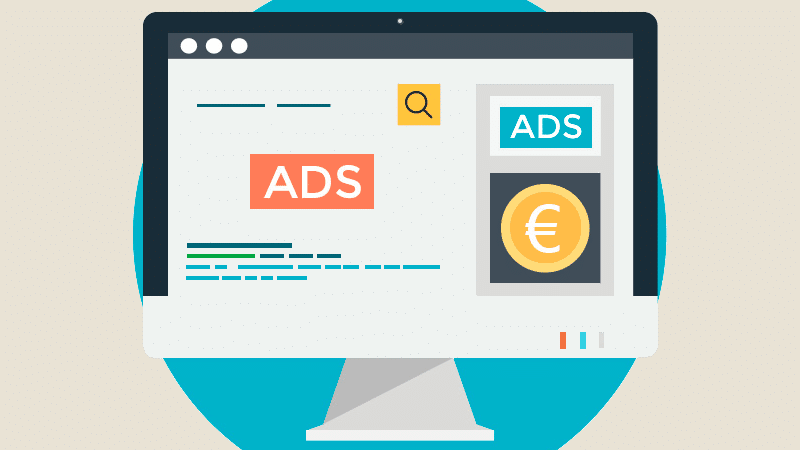Responsive Web Design: Which Devices Can It Be Used On?

Introduction
In today’s digital landscape, web design must cater to a diverse range of devices and screen sizes. Responsive web design (RWD) has emerged as the solution to this challenge, ensuring that websites provide a seamless and user-friendly experience across multiple platforms. With the growing variety of devices, it’s important to understand how responsive web design adapts to different screens. In this article, we’ll explore which devices responsive web design works on and why it's essential for creating websites that deliver optimal performance everywhere.
What is Responsive Web Design?
Responsive web design is a design approach that makes web pages render well on a variety of devices and screen sizes. Whether users are browsing on a desktop, tablet, or smartphone, RWD ensures that the website adjusts its layout, images, fonts, and content according to the screen's size and resolution. This flexibility helps improve user experience, SEO performance, and website accessibility.
Devices That Responsive Web Design Can Be Used On
Responsive web design is adaptable to a wide range of devices. Let’s break down how RWD works on different platforms:
1. Desktops and Laptops
- Device Types: Desktop computers, laptops, and MacBooks
- Why It’s Important: Desktop and laptop screens come in various sizes and resolutions. Responsive design ensures that websites are presented in a way that fits large screens, maintaining clarity and ease of navigation. Websites can show more content on larger screens without overwhelming users with too much information at once.
- How RWD Helps:
- Fluid Layouts: Content adjusts to different screen resolutions.
- Optimized Images: High-resolution images are displayed without distorting the layout.
2. Tablets
- Device Types: iPad, Samsung Galaxy Tab, Microsoft Surface, etc.
- Why It’s Important: Tablets are between smartphones and desktops in terms of screen size. RWD ensures that the layout adjusts whether the user is holding the tablet vertically or horizontally. It optimizes touch-based interaction for a smooth browsing experience.
- How RWD Helps:
- Flexible Grid Layouts: Content adapts seamlessly whether the tablet is held in portrait or landscape mode.
- Touch Optimization: Buttons and links are easy to tap and navigate.
3. Smartphones
- Device Types: iPhones, Android smartphones, Google Pixel, etc.
- Why It’s Important: Given the increasing use of smartphones for browsing, RWD is crucial for creating mobile-friendly websites. Small screen sizes require designs that automatically adjust text, images, and navigation to fit the limited space.
- How RWD Helps:
- Compact Layouts: Text, images, and buttons resize to fit the screen without needing horizontal scrolling.
- Mobile Navigation: Menus are optimized for touchscreens, often converting into drop-downs or hamburger menus for easy navigation.
4. Smart TVs
- Device Types: Apple TV, Samsung Smart TV, Roku, Android TV, etc.
- Why It’s Important: As the use of smart TVs continues to grow, websites need to be optimized for larger screens. While not everyone browses the internet on a TV, responsive design ensures that websites display properly, with larger fonts and simple navigation for a better TV viewing experience.
- How RWD Helps:
- Larger Font and Buttons: Ensures readability from a distance.
- Simplified Navigation: RWD adapts the interface for easy control via remote.
5. Wearable Devices (Smartwatches)
- Device Types: Apple Watch, Samsung Galaxy Watch, Fitbit, etc.
- Why It’s Important: Though not traditionally used for web browsing, wearable devices are becoming increasingly smart and can support simple web interactions. Responsive web design ensures that content is presented appropriately for these tiny screens.
- How RWD Helps:
- Compact Display: Information is simplified and displayed in a readable, concise manner.
- Touchscreen Navigation: Websites are optimized for small screen touch interactions.
Why Is Responsive Web Design Important for Multiple Devices?
Responsive web design is crucial because it allows businesses to provide an optimized experience to users no matter what device they use. With mobile-first indexing becoming a priority for search engines like Google, websites that are not responsive can see a drop in rankings and user engagement.
Benefits of RWD include:
- Improved User Experience: No matter the device, users enjoy a seamless experience that enhances engagement.
- Higher SEO Rankings: Google favors mobile-optimized websites, boosting search engine rankings for responsive sites.
- Cost-Effective: Instead of designing separate websites for different devices, responsive design allows for one version of a website to work across all platforms, saving time and resources.
- Increased Conversions: Optimized websites lead to higher user retention and conversions since the user experience is consistent and accessible across devices.
Conclusion
Responsive web design is a necessity in today’s multi-device world. Whether it's a desktop, tablet, smartphone, smart TV, or even a wearable device, responsive design ensures that websites adapt to fit the screen size, offering users a consistent, optimized experience. As more people browse the web on various devices, businesses must prioritize responsive design to stay competitive, improve user satisfaction, and boost SEO performance.
By embracing responsive web design, brands ensure they’re providing an excellent user experience, no matter where or how their audience is browsing.




